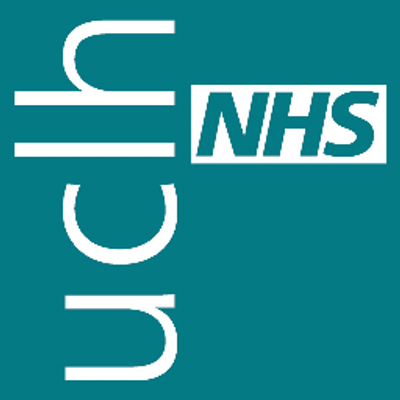Brief description of our project
Design Guide Website
The first sub-project assigned to us is the Design Guide Website. The Design Guide is a means of unifying all design choices on the PEACH project. The website, for example, will specify design points such as typeface styles and sizes. It will also include a list of reusable components (and the accompanying code) that may be used within PEACH development projects. Initially, this list will comprise solely components pulled directly from the development framework (for instance, react-bootstrap), however will over time be updated by components built specifically for the PEACH project.
The aim of this website is to provide a reference to future developers on the PEACH project, so as to give an idea of how their site and online applications are supposed to look, and also what components and framework they should use within their build, so as to ensure their work is compatible with the project as a whole.
Form Renderer
The Form Renderer will be just a page within the larger PEACH project -- an application which allows customers (or doctors) to retrieve their personal (or patient's) details and contact other staff. Our task in this project would be to retrieve that information from markup files, by for example the data-type’s ID, and then placing that information within a form.
Users of the PEACH project (i.e. NHS health professionals and their customers) will be indirectly utilising the form renderer. For example, every time an hematologist requests information on the blood work of a patient, this information is first pulled from a markup file, then piped into a form, which is finally displayed to the hematologist. In the same way, the clients (i.e. people being treated) will be able to retrieve their personal details to ensure information accessibility by both, the doctor and the patient.
Dashboards
Dashboards are a site within the PEACH project that focuses mainly on data presentation. It will take pure numeric data, and then present this in ways that are much more intuitive and easier to view, such as in the form of graphs and charts. The user will then be able to interact with these charts allowing the display of more specific information related to the data, or restrict the display of data, i.e. only showing results taken within a certain time period.
The dashboards user will again be healthcare professionals within the NHS. By facilitating the presentation of raw data in more readable charts and diagrams, this will aid in diagnostics and can be shared amongst specialists more easily.
Visual Report
Visual Report is supposed to be an application which allows to easily edit a template of a PDF report, thus both simplifying and quickening this process. The idea is to have predefined visual representations of routine procedure which would give an option to “Drag-and-Drop” or “Select” figures instead of inputting them by hand.
The primary user will be radiologists, as they will be the ones to transfer information from the MRI to the diagram. However, once in the form of a diagram, this information can now be more readily shared and understood amongst other medical specialists on the cancer treatment team.
Tags
moscow use cases design guide prototype form renderer prototype research technical research
